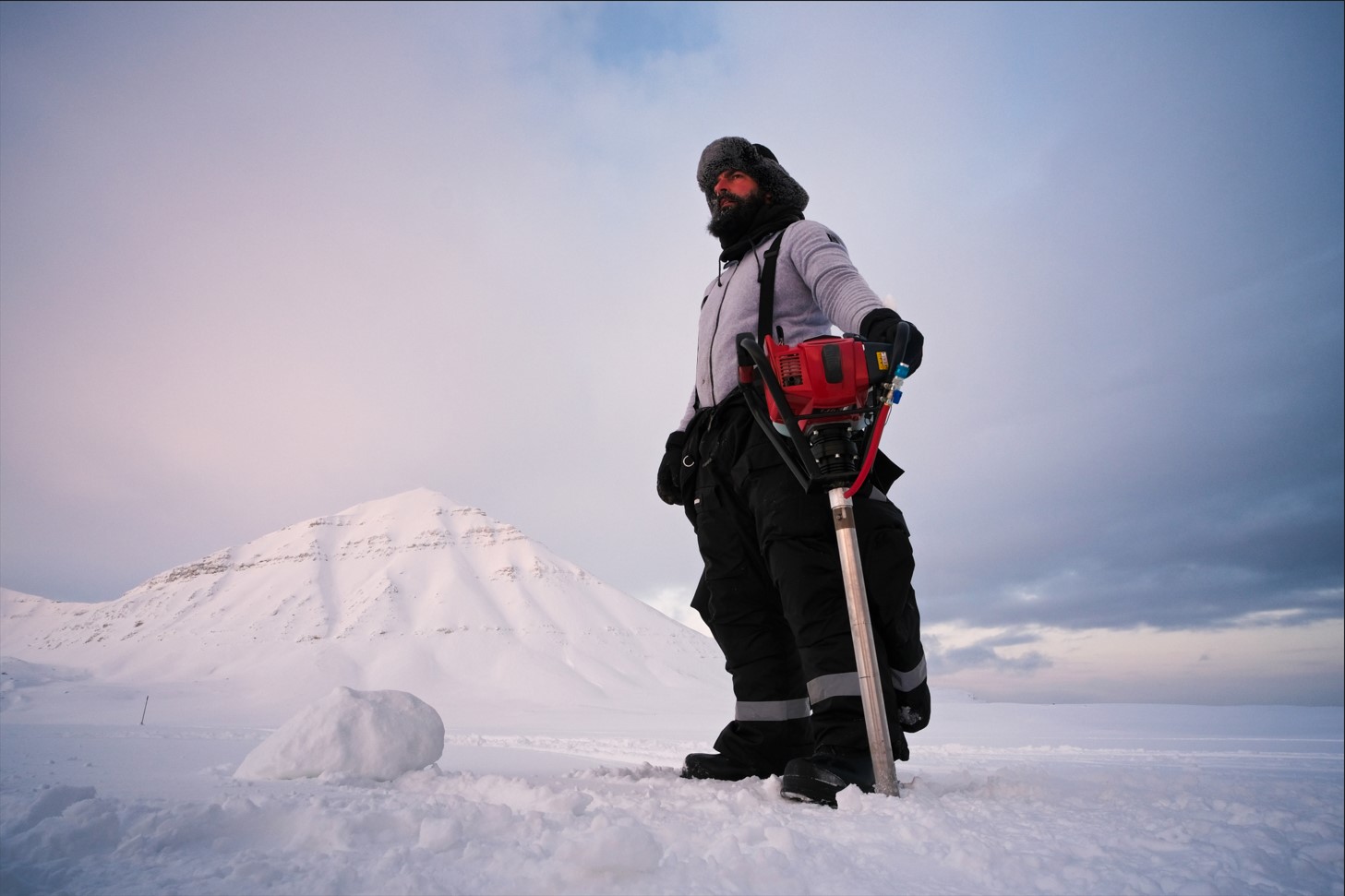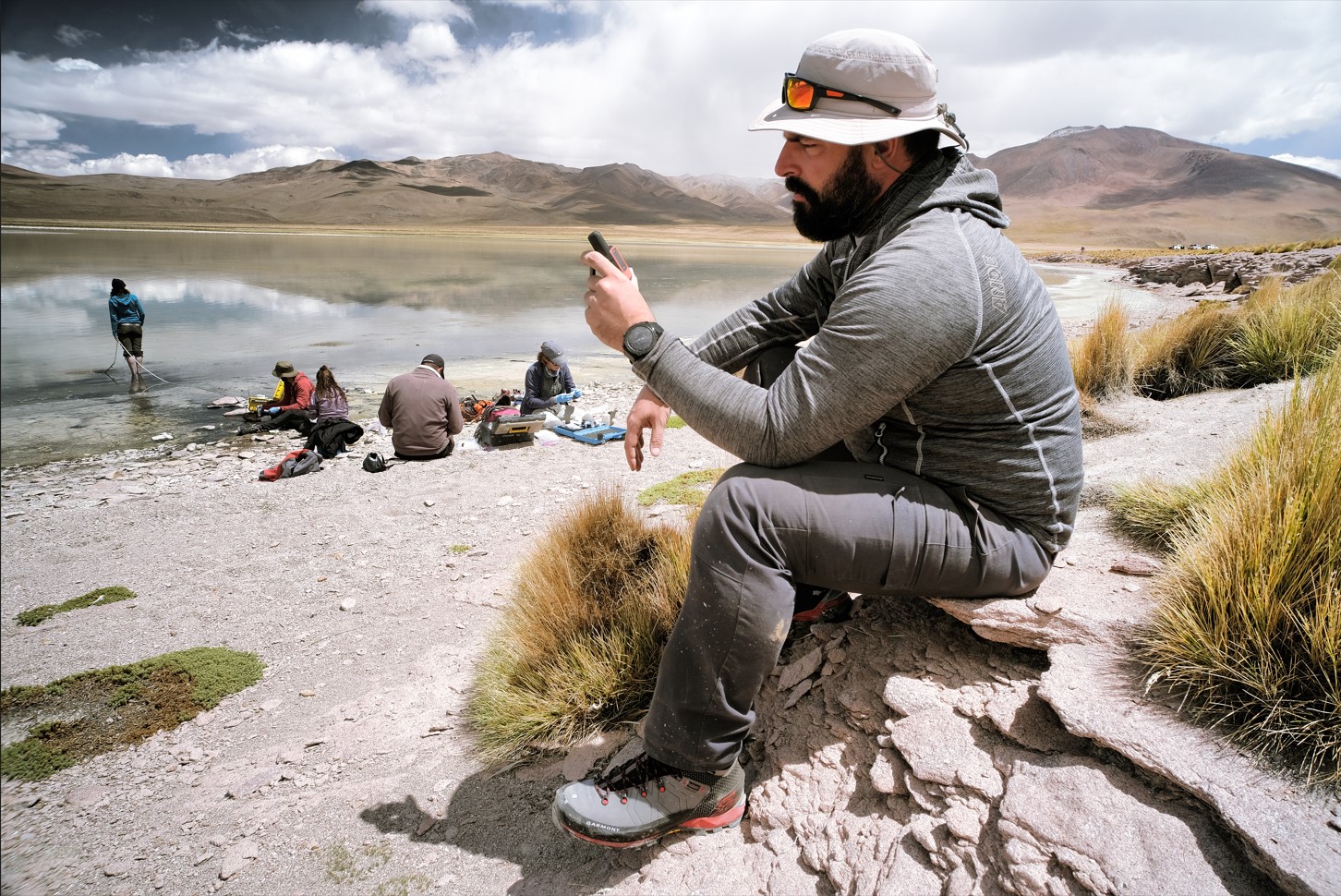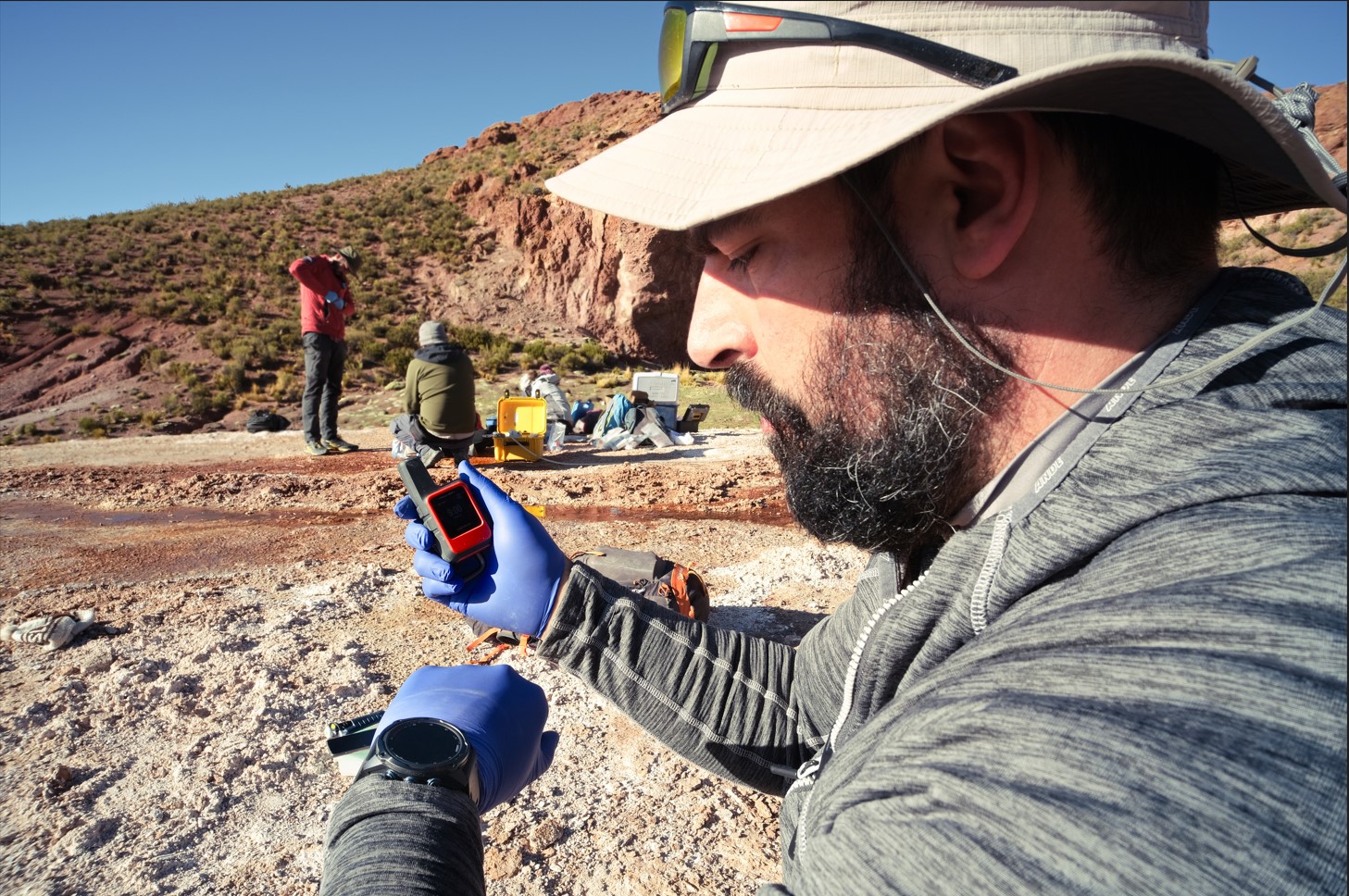5 min to read
5 things I would never go without in the field.
Tools crucial for an expedition.

I’m a scientist that divides its time between the ivory wall of academia and the remote locations of our planets to chase life in extreme places. In the last 15 years or so doing this job, first as a student and later as a professor, I’ve led several expeditions and I’ve participated in many more. I visited the high arctic in the midst of the winter, I drove and hiked the high altitudes of the Atacama desert and the Andean volcanoes, and I’ve plunged to the depths of the middle ocean ridge in the Pacific Ocean just to mention a few.
Doing all this I’ve learned a thing or two about field work in extreme environments. At the end of the day, whatever the environment, there are a few items I always rely on. It’s my personal “never without list” for hardcore explorers.
So here are five items, in no particular order, I never leave the comfort of my academic surroundings without:
- A great pair of light yet sturdy boots. Wherever your mission is, whatever is your objective, you will not get far unless you can walk confidently and safely. In my line of work we are often exposed to treacherous terrain, be it either a scorching geothermal field filled with boiling acidic waters, a steep climb on the flanks of a volcanic crater made of razor sharp lava or a winter snow and ice field with temperatures approaching -40 °C. Whatever the situation, having the right boots is fundamental, and my choice usually falls on water resistant, quick drying, lightweight (as much as possible) mountain boots or trail running shoes, depending on the environments. Lately, I’ve been using and testing the Garmont Rambler 2.0 GTX in our expeditions and they hit all the right spots.

-
A wide brim hat. One thing you learn the hard way exploring extreme environments is that the weather is usually brutal and it can be your worst enemy. Freezing cold rain, scorching sun, blinding reflexes, blood sucking insects. A good wide brim hat can go a long way to protect you against the changing weather, and paired with long sleeves (not just in cold weather, but especially in the desert or tropical forests) and a baklava will do wonders against sunburnt, rain and insects alike. Pair that with polarized dark sunglasses (mountain grade) and you are ready to go pretty much anywhere. My current hat comes from Outdoor Research and it is great.
-
A multi tool pocket knife. Whenever you are in a remote area far away from civilization you will find yourself in situations where you wish you had a razor sharp knife. Or a pair of pliers. Or a screwdriver. A good multi tool knife will be able to support you in any of these situations. To be honest, whenever I’m in the field I carry two distinct knives: a multi-tool and a smaller single blade knife. One of the blades will be used for everyday tasks, from bread to ropes, to sampling tubing. The other is razor sharp and will be religiously never used for mundane tasks, to be sure that in case of emergency, real emergency, it will do its job in the blink of an eye. In the past 6 years I’ve carried with me a razor sharp Leatherman Sidekick and a Gerber Highbrow serrated edge knife. Both of them never let me down.
-
A GPS watch or other means of navigation. Finding your target and even more importantly getting back home should always be at the top of your priority when you’re in the field. There are countless situations where GPS and compass were fundamental to securing our expedition objectives or getting back home safely. Unfortunately, in today’s cellphone dominated navigation many people underestimate the importance of knowing how to read a map and use GPS and compass. I know the tricks of the trade after years of competitive sailing and long distance navigation and I can assure you that a good GPS and compass (and the knowledge on how to use them!) will make the difference between success and disaster. This is true not only in remote locations but also in our own backcountry where too often we underestimate potential dangers and basic safety measures. Today I always go to the field with my Garmin Descent mkII or Fenix 7S. Both smart watches are great and in expedition mode (a special activity present in the Garmin watches) can last up to 35 days without charge. I usually pair the Descent MkII with the Garmin InReach mini 2, hoping that it will never be necessary to activate it.

- RAFAK. RAFAK stands for Remote Area First Aid Kit. When heading to remote areas careful planning is your first and most important safety tool that will significantly decrease the risk of injuries. Unfortunately, there is an inherent degree of risk in what we do and having a RAFAK is fundamental to ensure that we can face the unforeseeable. Our lab RAFAK has been specifically designed by me with the help of a few emergency doctors and experts from the red cross. It is light, about 800 grams or so, small 20×18×12 cm, and packed with just the right tools that might save a life. The RAFAK is not your typical first aid kit containing small plasters for minor cuts and some medical tape. It contains equipment to deal with massive bleeding, pneumothorax, anaphylactic shock, serious infections and other life threatening injuries and sickness that might require immediate medical care. Naturally, the kit is completely useless without proper training. My entire team trains through a series of courses including BLSD, Massive Bleeding Control and First Aid in Remote Area courses to be able to handle emergencies related to our work. I’ll make a more detailed blog post about the RAFAK one day sharing all the details. For now let’s just say I hope that I will never need to use it.
 Fotos: Jacopo Pasotti, 2023
Fotos: Jacopo Pasotti, 2023
